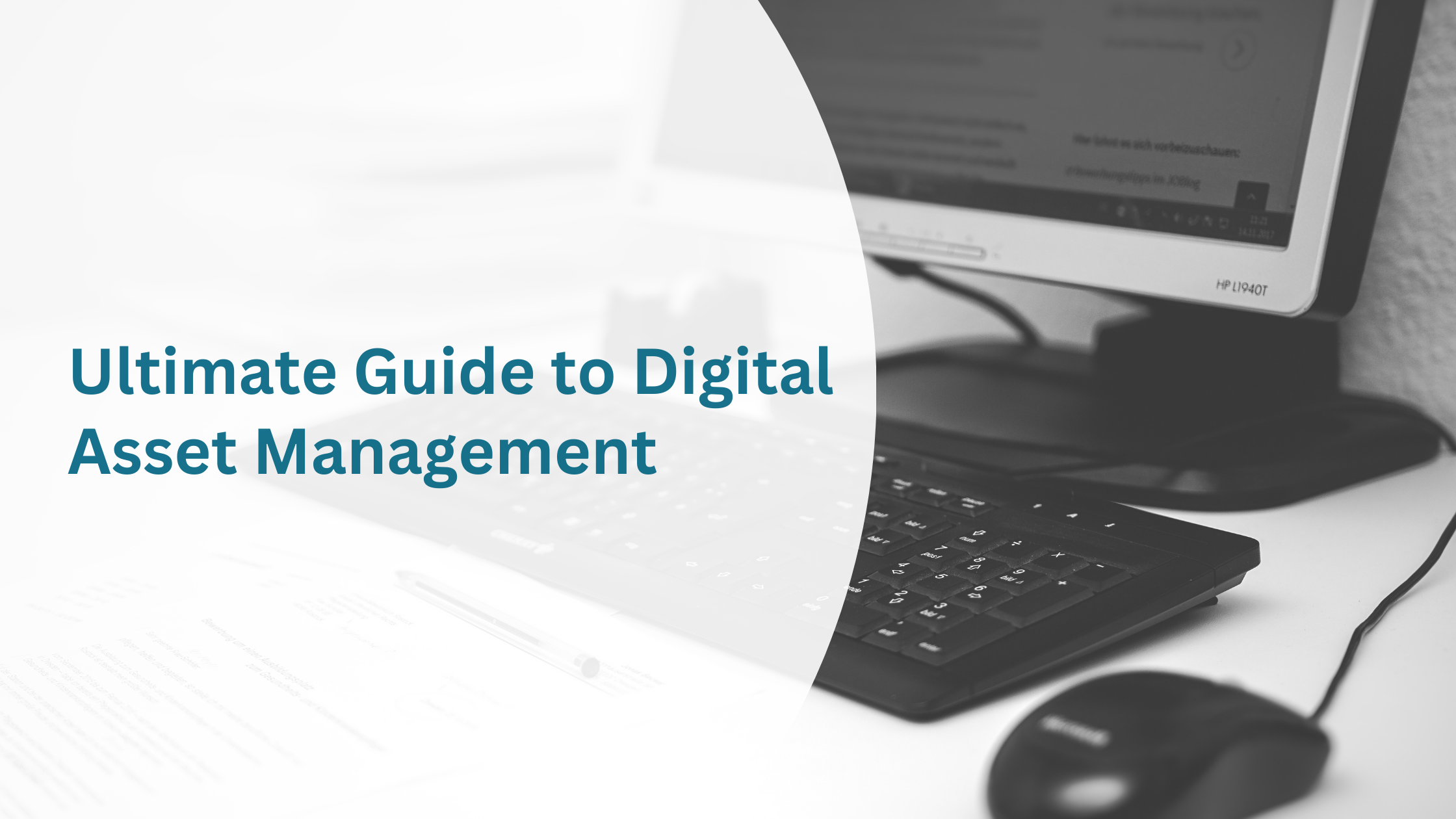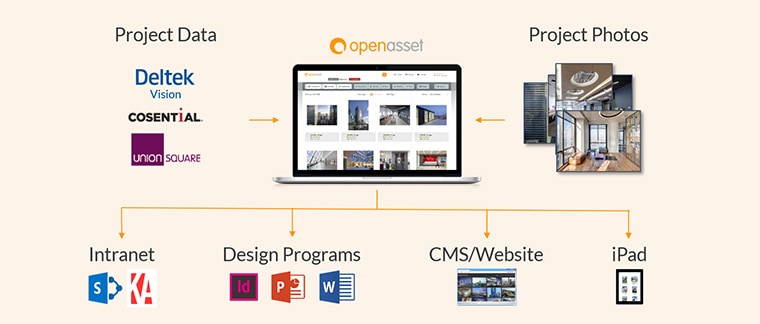7 Steps to Building a Marketing Strategy for Your AEC Firm
Jun 28, 2023

Your guide to increasing win rates while creating raving fans and advocates.
Having a solid marketing and brand strategy is essential for firms in the AEC industry looking to achieve sustainable growth and gain a competitive edge. A well-crafted marketing strategy helps firms reach dream clients while impacting the bottom line through brand awareness and customer engagement. Here are the seven steps to building an effective marketing strategy that aligns with your business goals while maximizing marketing initiatives.
Step 1: Define Firm Goals and Objectives
Your AEC marketing plan should be aligned with the firm’s goals and objectives, unifying the brand’s voice to attract opportunities with less effort and more buy-in. Years ago, I attended a construction management firm’s regional conference where the president and c-suite leaders led discussions related to company news, updates, and wins. Among the many noteworthy updates and celebrations, the company’s five-year goals and objectives were core to our meeting.
Having a clear vision of what the expectations were, what direction we were headed, and how we were planning to get there allowed the staff to feel connected and feel like a vital part of the company. The marketing team used this to strategically develop a marketing plan that supported the overall firm goals. Included in marketing efforts were specific plans to increase brand awareness, improve customer retention, increase website traffic, and define key performance indicators (KPIs) to track our progress along the way. Each element of our work as a marketing team, no matter how small or big, was united to these goals.
Step 2: Define Your Dream Client
Every firm, regardless of its industry, has an ideal dream client. Focusing your marketing efforts on attracting dream clients will simplify your plans while deterring the wrong client fit. And after countless strategy sessions with AEC firm leaders, I am sure there are a few of you reading this thinking, “They are all my clients!”. What you don’t realize is you have already positioned your firm in a targeted market, due to the nature of how you do business in the industry.
When it comes to delivering a quality client experience, knowing what your client constitutes as pleasurable is directly tied to the type of client they are. Catering to everyone will not help your brand messaging set expectations for your customer service experience. As someone who has developed hundreds of federal, state, and private-sector proposals, I’m often tasked to tailor messaging to speak to the pain points of the client. As I’m sure you know, federal proposals are drastically different compared to private-sector proposals. Expecting them to be written the same will cause one of your clients to feel disconnected from your value. This theory goes for every marketing asset you develop.
By identifying your ideal dream client, you naturally will learn the right channels you need to engage your audience effectively.
Step 3: Develop a Strong Brand Identity
Analyzing your competitors is crucial for building a successful marketing strategy. Identify your direct and indirect competitors, study their marketing tactics, and evaluate their strengths and weaknesses. This analysis will help you identify opportunities to differentiate yourself and craft unique differentiators.
A compelling brand identity is the foundation of any effective revenue-driving marketing strategy. Look beyond AEC for examples of how reputable brands stand out in their market.
An example is Bounty Paper Towels, a Proctor & Gamble product that connects with the user experience every chance they can. From commercials, ads, and other digital media, this brand has dominated the market against less expensive products. Bounty’s brand identity is clear, its messaging stands out, and there is very little fluff in its marketing and advertising. Undoubtedly. I believe their ability to use real-world scenarios in their marketing helps them stay ahead of their competition.
For your organization, reflecting on Bounty’s identity can help you:
- Clearly define your brand’s mission, values, and unique differentiators.
- Thoughtfully create a consistent brand voice, visual elements, and messaging that resonate with your target audience.
- Intentionally build a strong brand identity that your dream client’s trust and distinguishes you from competitors beyond price!
Step 4: Craft Compelling Content
Selecting the right marketing channels is key to reaching your target audience effectively going beyond social media. Consider your audience demographics and preferences to determine which channels will yield the best results. As your company is focused on B2B sales, LinkedIn will be one of several channels to consider. You also have email marketing, content marketing, SEO, paid advertising, and offline channels as potential options.
I often find that AEC firms rely on in-person, blog posts, and social media as the box checker for marketing initiatives. Without having a healthy ecosystem of content engaging with your audience, quality data can be sparse resulting in little to no interest in consistency.
Real-World Example
One of my clients, a commercial developer, is a growing firm in the southeast wanting to do business in other states. He’s committed to in-person networking events and posting on LinkedIn regularly. He however didn’t fully have a clear picture of what organic content would do for his company.
During our initial strategy session, he decided on a plan to help him work smarter and not harder on crafting compelling content – going beyond posting to “just post” to thinking first of the dream clients he would like to have and using marketing channels to engage them in conversation. His marketing strategy was at first ineffective and now incorporates thought leadership in the form of blogs and emails to start a conversation, followed up by social media, SEO, and a YouTube channel. My client is now able to use these channels to create landing pads for his in-person and social media content which leads to more qualified leads.
Content marketing plays a significant role in modern marketing strategies. Develop valuable content that educates, entertains, and engages your target audience. Tell them about your company using the three pillars of social conversation: people, projects, and places. Creating a content calendar will help you stay organized while you use a mix of formats such as blog posts, videos, infographics, and podcasts to educate and engage your dream clients. Tailor your content to address your audience’s pain points and showcase your expertise.
Step 5: Implement Data-Driven Marketing
One of the most loved aspects of marketing is data! I love data. Data tells the story and helps you leverage your impact effectively. In my past life, I worked as an account marketing manager leading Fortune 500 marketing campaigns developed by the company’s analytics. I converted data into stories relevant to their audience to increase sales and engagement.
Leverage data analytics tools to gain insights into your marketing efforts. You can find data analytics tools on your website, social media scheduler, and email service scheduler.
My marketing agency, FortisOBM has developed a process for how we update our web pages and post social media content, and blog posts for our dream clients to enjoy. Every quarter, we evaluate our content and create more of what is leading people to engage more with our content. We track event events we attend when our newsletter goes out, and blog post or social media post sharing as a clear picture of activity influx. From there, we create more of what’s working and continue to journey learning more about our dream AEC + CRE clients.
As you start to develop a KPI dashboard, reflect on what is working to help you convert and engage with your audience. I suggest not eliminating content that may not yet be performing. Keep in mind buying seasons change what deems valuable to your market. Monitor key performance indicators (KPIs) like website traffic, conversion rates, engagement metrics, and customer feedback. Review your data regularly and compare them with your sales and new client business. Use this data to optimize your marketing campaigns, identify trends, and make data-driven decisions to continuously improve your strategy.
Step 6: Build Relationships and Foster Engagement
Storytelling is a powerful tool to help foster and build relationships. Throughout this blog post, I used stories to help illustrate each step. As a former internal marketer for a construction firm, I am aware firms have hundreds of stories they can use to articulate their ability to provide value to their dream clients. I recommend reviewing these stories and incorporating the star-studded ones in your marketing content speaking to your firm’s strengths, abilities, mission, vision, and values.
Marketing is not just about promoting products or services. It’s about building lasting relationships with your audience and helping them understand why you do what you do. Encourage customer engagement through social media interactions, personalized email campaigns, and customer loyalty programs to build a connected relationship beyond the active project. Include stories from projects, people, and places to refine your unique value proposition to naturally stay top of mind. And show your customers that you value them and strive to meet their needs consistently by using simplified examples.
Step 7: Monitor and Adjust
A marketing strategy is not a static document; it should be flexible and adaptable and evolve with time. Building an effective marketing strategy requires careful planning, research, and ongoing evaluation. In the last decade, we’ve experienced a significant amount of change in AEC industry-wide. Even though the aesthetics may change, a brand reputation, when done well can stand the test of time. A struggling brand has more likely not developed a foundation for growth.
As a 130+-year-old company doing business in more than 200 countries, Coca-Cola is the largest beverage company in the world. Throughout its life, the brand has evolved to connect and engage with its ideal dream clients. And throughout this evolution, its branding remained similar to the original symbols that helped get its start. What Coca-Cola stands for is more than just a product; it’s an experience. And experiences often change with buying seasons.
Continuously monitor your marketing efforts, track your results, and compare them against your objectives. Stay updated with industry trends and technological advancements to remain ahead of the competition. Identify areas of improvement and make necessary adjustments to optimize your strategy. Dedicating time to your strategy will help you achieve financial goals while building buy-in from your staff.
By defining your goals, understanding your audience, and differentiating your brand, you can build a strategy that achieves long-term success.
Stay agile, embrace innovation, and always prioritize customer satisfaction to ensure your marketing efforts deliver the desired results.
About the author:
An award-winning marketing powerhouse with twenty years of marketing experience, Melinda Colón gets results for her clients. In 2017, she founded FortisOBM, a thriving women/minority-owned business enterprise (WMBE) serving the built industry with branding, proposal development, and digital marketing services.
Since launching, she has managed hundreds of AEC and CRE proposals and presentations for multi-million and billion-dollar projects with a win rate of over 74%, more than double the industry standard. Melinda’s mission is to empower AEC and CRE businesses to improve the way we live, work, and play. By helping clients secure multi-million and -billion-dollar projects, Melinda’s not only growing a successful business, but she’s also building a legacy of thriving neighborhoods, communities, and cities.





